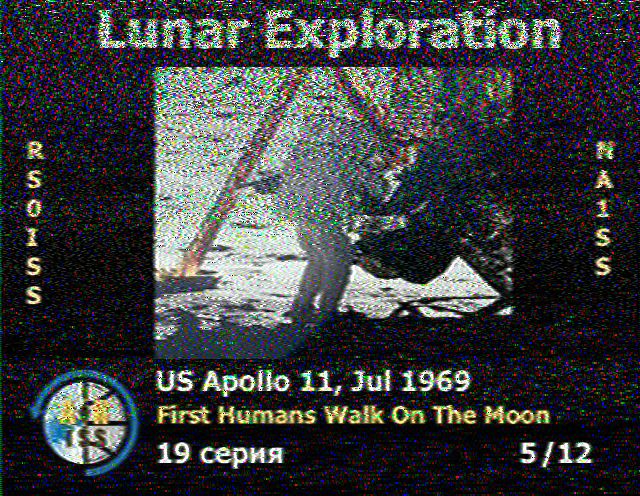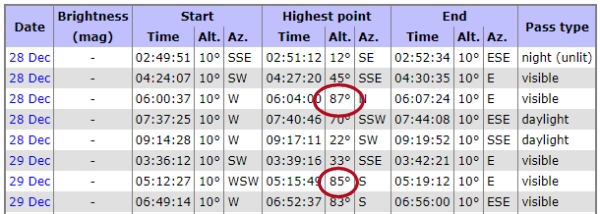If you’ve not tried downloading images from International Space Station, it’s a fun part of the hobby that involves a few skills. It’s quite rewarding catching an image from a hunk of metal 250 miles up, travelling at 17,000mph!

There are three key “bits” to making this happen:
1. Waiting for an ISS event
The ISS only sends out images occasionally – you have to keep your eyes on social media, the Southgate News site or the AMSat UK site to find out when an SSTV event is planned.
2. Calculating the time
You next need to find out what time the ISS will be in range. Typically, it orbits every 90 minutes, and there is a 10 minute “window” that you will potentially be able to hear signals.
Here are a couple of web tools – there are also various smartphone apps available (got a better tool? Add it as a comment below!)
- Heavens Above – Predict pass times (don’t forget to set your location), and select “all passes” not just “Visible”
- ISS Tracker – Where is the space station now?
Here’s a screenshot from Heavens Above – The “highest point” is worth checking out. 90° is directly overhead

3. Receiving and Decoding
Now you know that the ISS is planning to send images, and what time to listen out, then you need to be able to receive the audio, and decode the audio into an image.
Typically, the ISS will transmit on 145.800MHz (the 2m band). You should be able to receive it even using a handheld with a rubber duck antenna. The best type of antenna would be a steerable beam, but a standard rooftop 2m antenna will be fine… a handheld will be a compromise, but will still work. You need a clean view of the sky (not surrounded by concrete)
Then there’s the software. Here are some options – (got a better tool? Add it as a comment below!)
- MMSSTV – For a PC. This is very out-of-date these days, but for most, the go-to solution
- SSTV (for iOs) – Slow-scan TV app by Black Cat Systems for the iPhone and iPad (search “SSTV” in the app store)
For the ISS, the “Mode” that the pictures are sent in, is usually “PD120” – set your software to decode that mode.

It’s then a case of feeding the audio from your radio into the software – this may be via your PC soundcard, or by holding the radio speaker to your smartphone’s microphone.
That’s the basics – if you don’t done so before – give it a try!
Want some more advice? Here’s a handy video recorded by Randy K7AGE in the US:


Pingback: What is SSTV? - Ham Hub UK